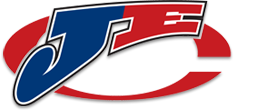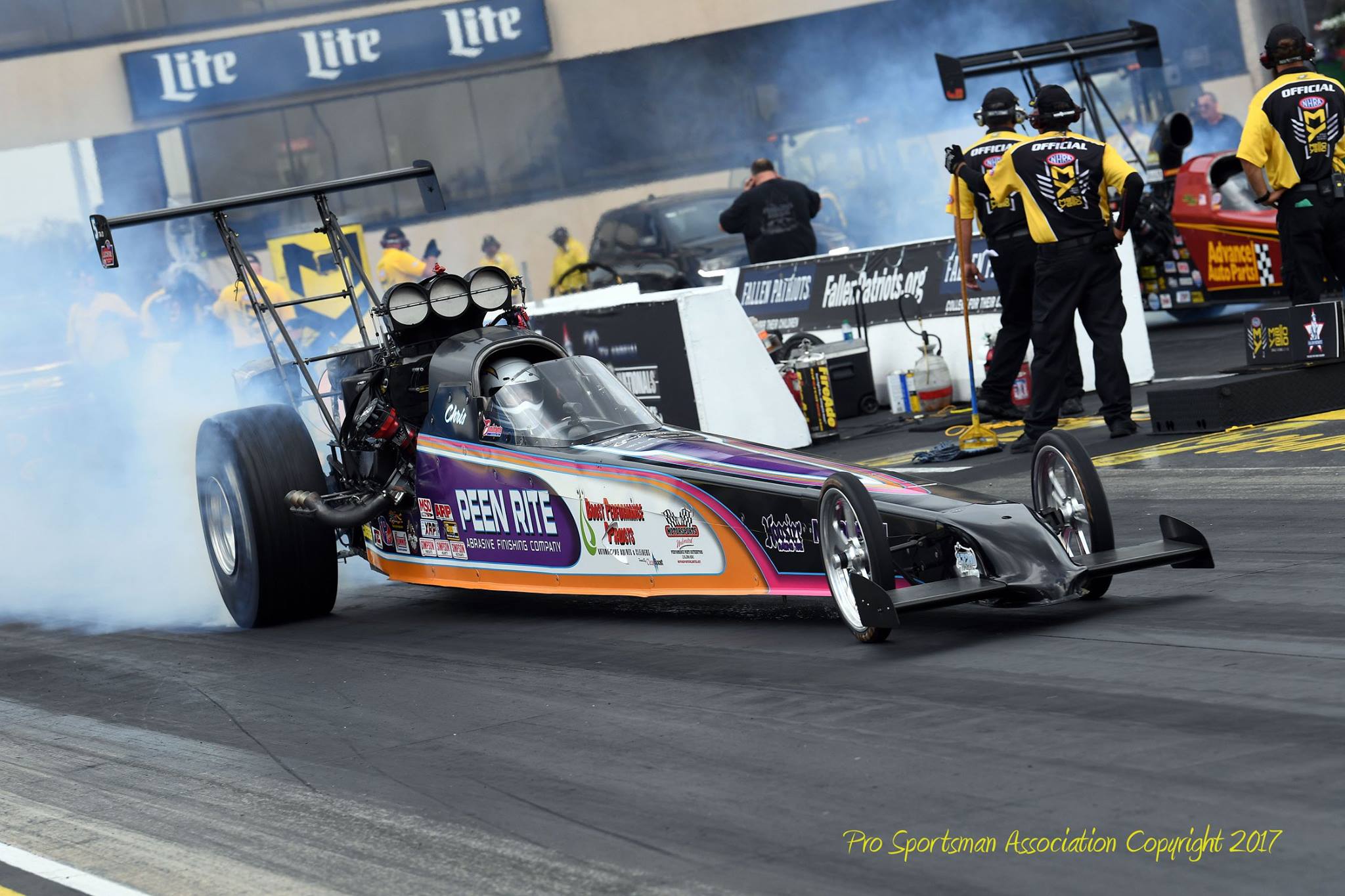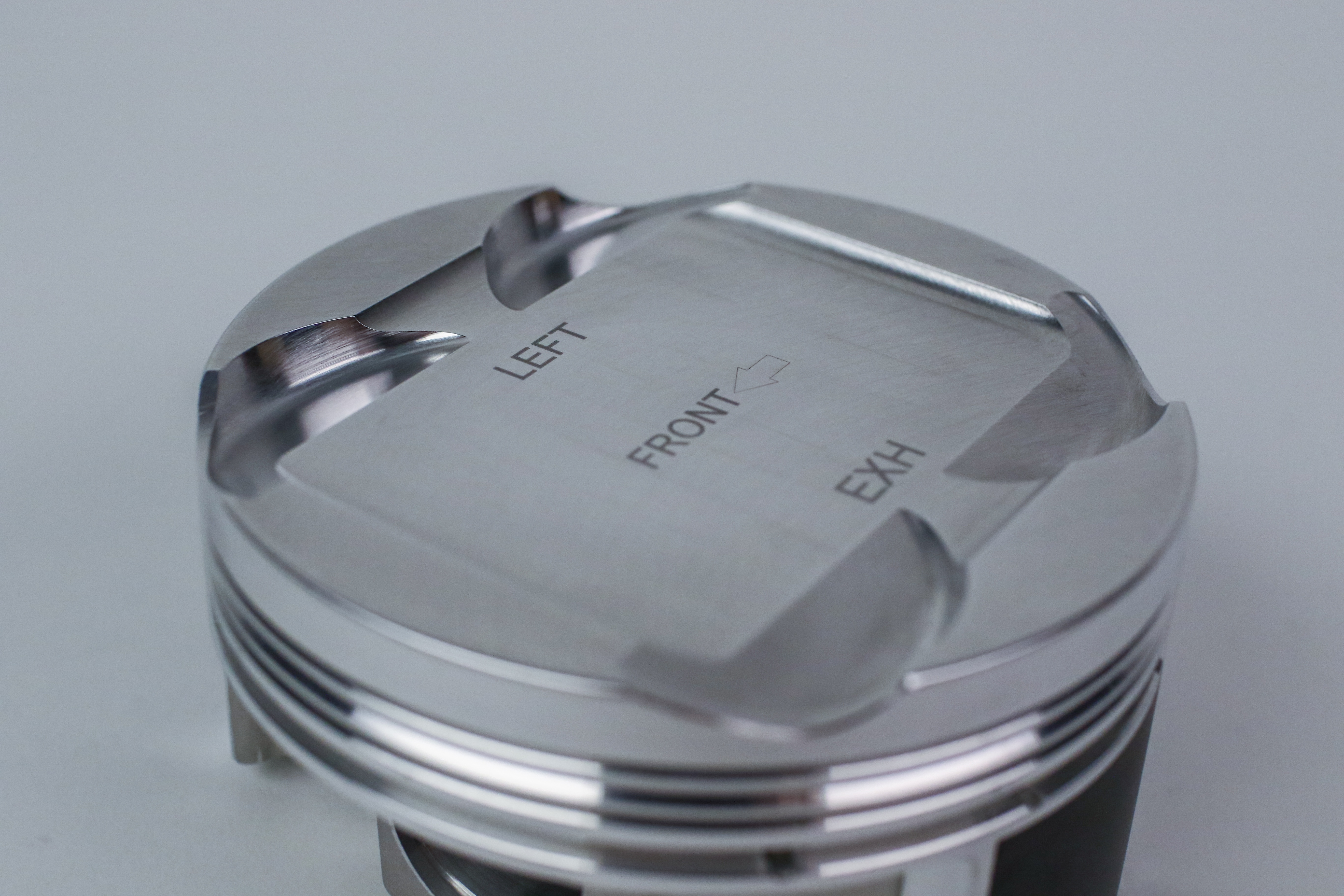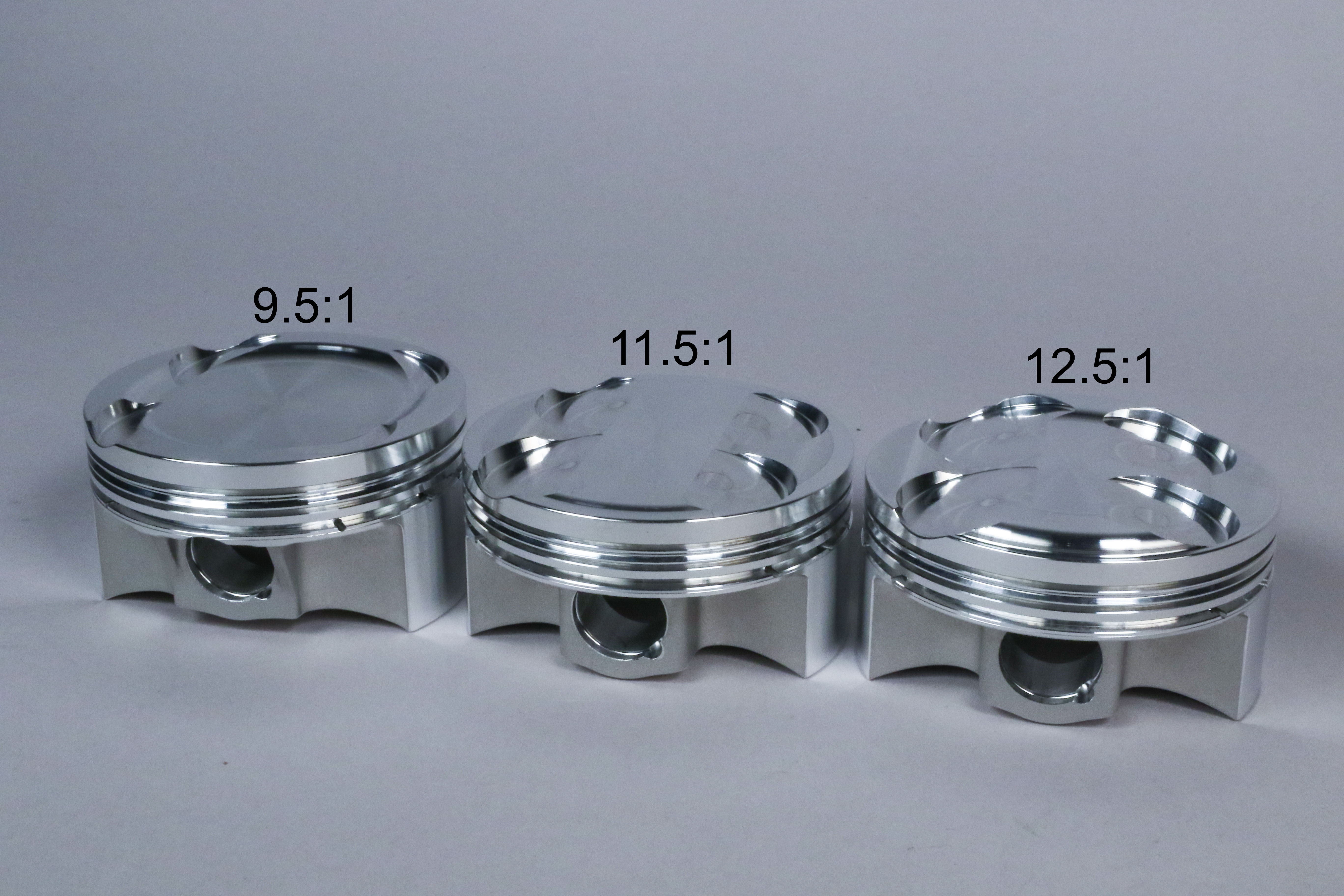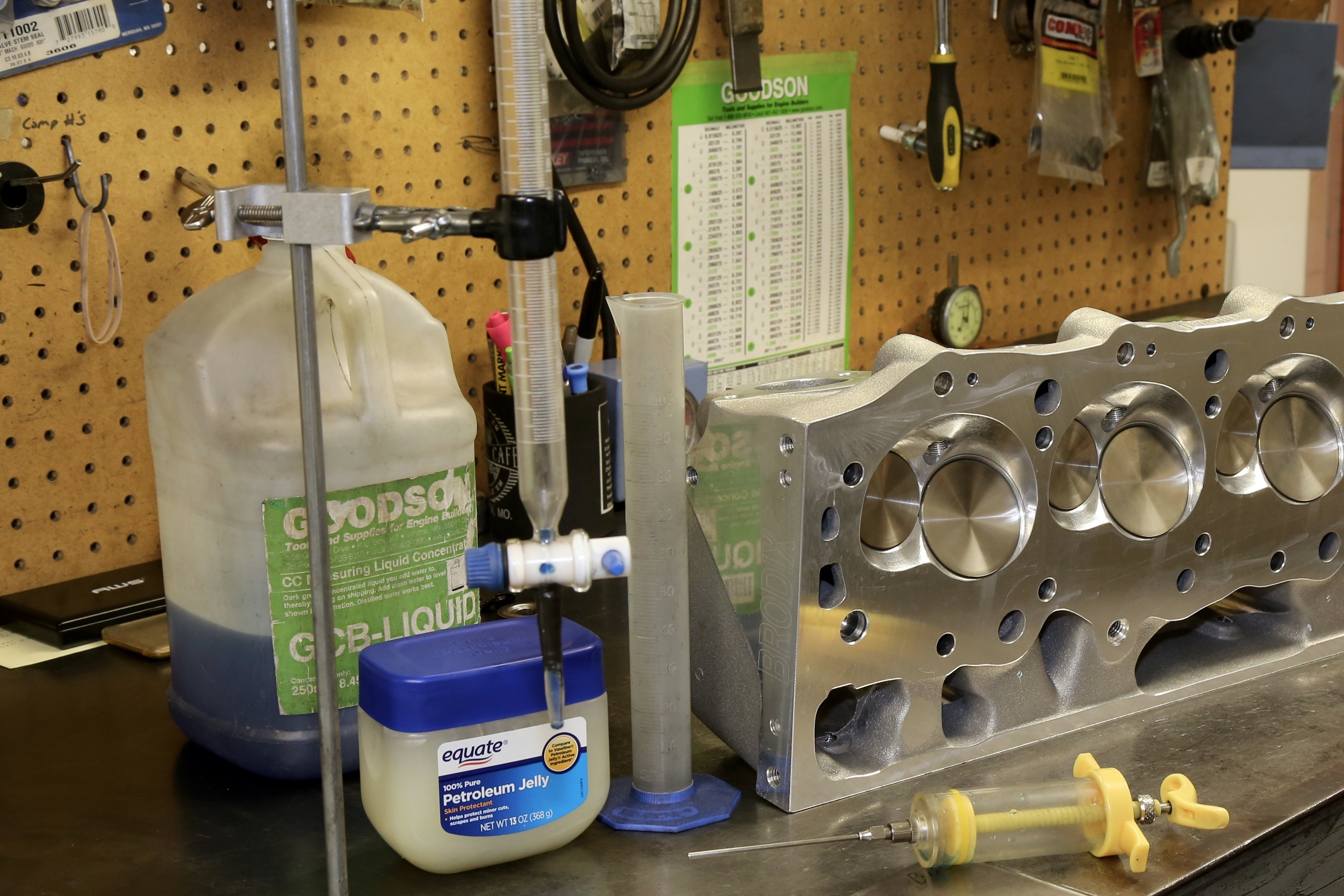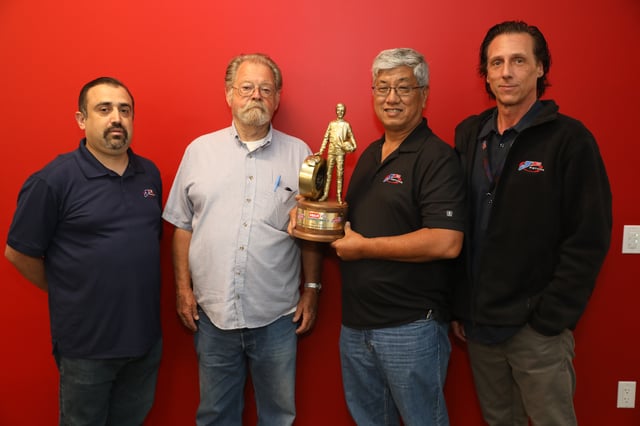
For most racers – whether they’re involved on the amateur or professional level – getting the chance to compete among the fastest classes in their respective disciplines is usually an involved and lengthy process of climbing the ranks one step at the time, a path which allows them to build on experience and hone their technique along the way. But a select few have proven that it’s possible to jump into the deep end right away, and after getting the fundamentals down, find success despite the steep learning curve.
“I got my Super Comp dragster license at the Frank Hawley Drag Racing School back in 1998,” recalls Chris Demke of Maddern Racing. A software engineer from Valencia, California, Demke hadn’t raced in production-based drag racing or elsewhere previously – he simply aimed for the end goal at the outset. “I’ve never competed any category other than Top Alcohol dragster. I guess that was quite a jump!”
Demke recalls that his step father, team principle Jerry Maddern, was a driving force behind his interest in motorsport. “He raced as a kid in drag cars and drag boats, and after some time off, in 1992 the family started racing again. I was on the crew from ’92 to 2002, then in 2002 I was given the opportunity to drive.”
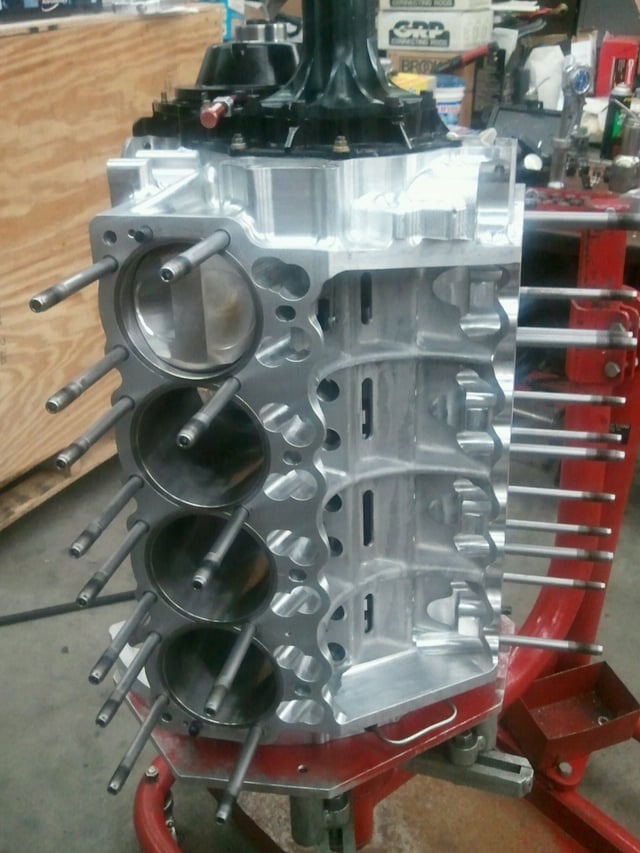
Two distinct engine combinations are eligible to compete in Top Alcohol – methanol-burning supercharged dragsters, and A/Fuel dragsters, the latter of which run nitromethane but are not outfitted with a blower. Demke’s car is of the blown methanol persuasion. “Over the years we’ve seen the popularity of each combination kind of come and go,” he explains. “Right now we’re in a phase where the nitro-burning combination is much more prevalent, so we’re one of “The Few, the Proud, the Supercharged!”
Maddern Racing’s dragster is a 289-inch wheelbase Uyehara chassis with a magnesium body. Mounted behind the driver is a 471 cubic-inch Brad Anderson Hemi with a screw-type blower from PSI. The Mopar mill is outfitted with a Bryant Racing crankshaft, GRP connecting rods, JE pistons, and a Crane camshaft. The cylinder heads and intake manifold come from Brad Anderson, while Darren Mayer Performance Engineering supplies the carbon fiber injector hat. “At sea level it makes at least 3,500 horsepower,” Demke says. “And at 471ci, our minimum weight for the class is 2,075 pounds. We usually tip the scales at around 2,090.”
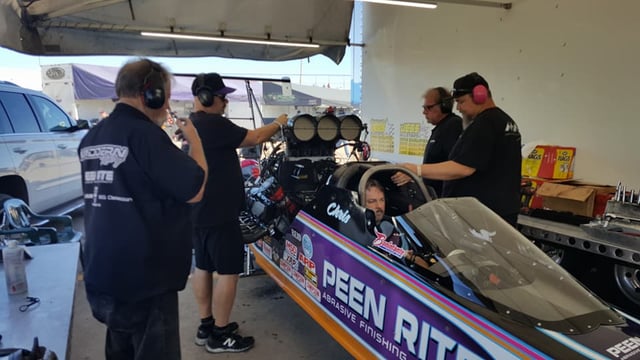
Maddern Racing campaigns the car in two series – the NHRA’s Lucas Oil Drag Racing national series and the Lucas Oil Drag Racing regional series. “Our quickest ET to date is 5.18 @ 277.94 mph,” Demke tells us.
At this level of performance, having a stout, reliable rotating assembly is crucial to a team’s success. “While there are components of the engine that we have to change on a regular basis, we don’t really have a specific number we use to determine when to replace these pistons – they last so long that we haven’t been able to find their upper limit,” Demke notes. “They’re very durable – we just continue using them until we have some major failure that causes damage to the piston. And working with JE has been a pleasure. When we’re changing our engine setup and need to alter the compression ratio or bored and stroke, JE works with us to develop a piston that meets the needs of that new combination.”
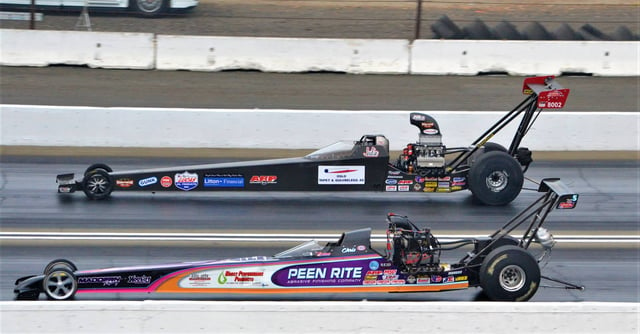
Those combinations have proven effective over the years, as Demke brought home the World Championship back in 2014, and since 2010 the team has racked up no less than nineteen national event wins overall, along with an assortment of regional victories. “Lately we’ve been working on some new combinations,” Demke adds. “And sometimes you have to take a step back to develop what you consider to be a quicker combination.” While that often equates to some time to work out the kinks, those efforts are starting to pay off. “We won the national event in Gainesville, Florida, earlier this year, so we’re back in the hunt and looking for more victories in 2018.”
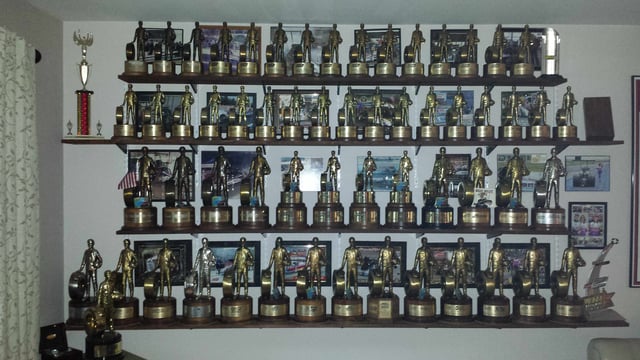
Demke says the team’s goal for this year is to further dial in the new setup and land in the top five. But above all, the goal is to simply enjoy the process. “Going straight isn’t nearly as easy as it looks,” he jests. “But it’s a family operation – we go out there with the intention of having fun first, and with a good time sometimes comes a victory.”
